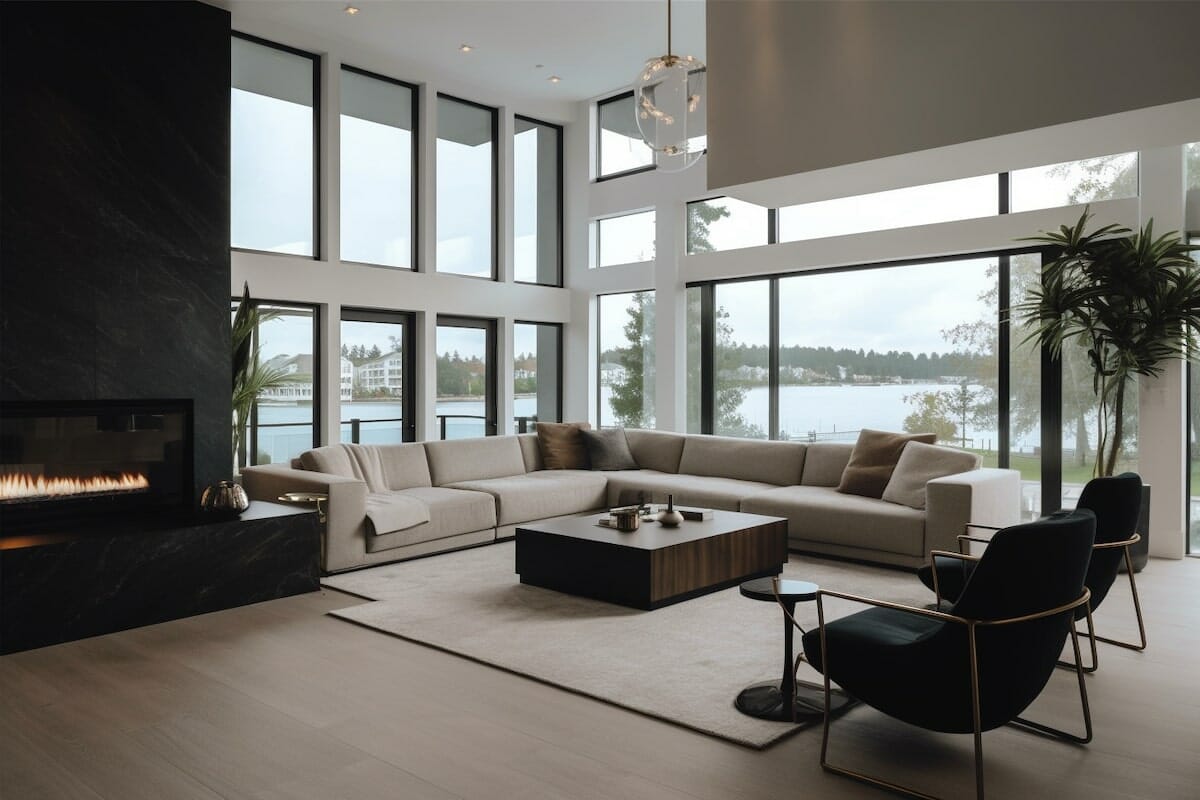
Sleek Simplicity: Minimalist Design Dominates the Marketing LandscapeSleek Simplicity: Minimalist Design Dominates the Marketing Landscape In an era of unrelenting visual stimulation, the marketing landscape is witnessing a seismic shift towards minimalist design. This trend has emerged as brands seek to cut through the clutter and captivate audiences with a refined and uncluttered aesthetic. Minimalism, defined by its emphasis on simplicity, clarity, and functionality, has proven to be an effective tool for conveying brand messages in a visually appealing and memorable manner. Here are its key attributes and impact on the marketing landscape: Less is More: Minimalist design embraces the philosophy that less is indeed more. It pares down complex elements to their bare essentials, creating a sense of harmony and visual balance. This approach allows brands to convey information concisely and without overwhelming audiences with unnecessary distractions. Emphasis on White Space: Negative space, or white space, plays a crucial role in minimalist design. It provides visual breathing room, allowing for a visually soothing and spacious experience. By intentionally using white space, brands create a sense of exclusivity and draw attention to key elements. Bold Typography: Typography takes center stage inminimalist design. Crisp, elegant fonts convey messages with clarity and precision. Brands use typography as a means to establish their brand voice and differentiate themselves in a competitive market. Impactful Imagery: Visuals play a pivotal role in minimalist design, but they are used sparingly and strategically. High-quality images or graphics provide visual interest and convey brand messages without verbal clutter. By carefully selecting and placing imagery, brands create a lasting impression on audiences. Emotional Connections: Contrary to popular belief, minimalism is not about creating cold and impersonal spaces. When executed effectively, it can evoke strong emotional connections. By embracing simplicity and focusing on essential elements, brands create a sense of intimacy and relatability, making their messages more resonant with audiences. The dominance of minimalist design in marketing has several benefits: * Increased Clarity: Simplifies complex messages and makes them easier to comprehend. * Enhanced Focus: Draws attention to key brand elements and calls to action. * Improved Engagement: Creates a visually appealing and engaging experience that encourages interaction. * Brand Differentiation: Establishes a unique and recognizable brand identity amidst a sea of visual noise. * Timeless Appeal: Minimalist designs stand the test of time, remaining relevant and captivating even as trends evolve. In conclusion, minimalist design has become a dominant force in the marketing landscape due to its ability to convey brand messages effectively, emotionally connect with audiences, and create a lasting impression. By embracing simplicity, clarity, and functionality, brands can cut through the clutter and captivate audiences in an increasingly competitive and visually saturated world.
Posted inNews